Tell a big lie often enough…
‘This government will cost schools in Scullin $201 million – $201 million ripped out of schools in Scullin.’ Andrew Giles the Labor member for Scullin, lined up with the rest of the lemmings in Labor in the last sitting week of Federal parliament to retell the big lie. That the Abbott government is cutting funds from schools education.
The truth is that funding from 2014-17 is the same as it would have been under the Labor government. From 2018 Commonwealth school funding will increase at the rate of inflation – as reflected by the Consumer Price Index with an allowance for changes in enrolments. This is instead of the fantasy rates of increase promised by Labor.
The device that the lemmings use to arrive at their fantasy figures is to pretend that Gillard and Swan, the Treasurer who could never deliver a surplus, would raise payments to schools from 2018 and beyond ‘24-25 to an amount per student to pay for need. The gap between Labor’s dream and CPI increase across this large and unknown interval eventually amounts to a $5 billion gap at 2024-25. Carving a slice of $5 billion for each electorate provides the Giles figure. Nothing is ripped out of schools in Scullin or any other electorate, it simply does not reach a level that a desperate government promised but never had the money to pay.
David Gonski, chair of the 2011 report that sparked the latest spendathon in schools education, admitted last week on ABC radio that it was a mistake to ask for $5 billion extra in funds for Australian schools, indeed that it was a mark of vanity and arrogance. Gonski’s job was to recommend a formula to incorporate need, not ask for extra. Under instruction from Prime Minister Gillard, who wanted funds to be granted schools on the basis of need, or ‘equity’, Gonski was bound to do so. And he did so in bucket loads. The word ‘need’ was mentioned 475 times in his report, equity 125 times. By contrast, the word ‘excellence’ was mentioned only seven times, mostly in conjunction with equity (just to pretend that it was a goal of Labor governments) and twice for excellence in teaching, which was, of course, a nod to the teacher’s union for more training days away from students. There was no mention of excellence among students.
There is a complex system behind the Gonski reforms promised by Labor. Under the plan, the Commonwealth, states and territories were to increase funding to public and private schools over time until a certain level of funding was reached. Labor’s projection to 2024-25 was a ruse. There was no guarantee the level of funding would be reached by then. The target level of combined federal and state funding was based on adding together a per student figure known as the Schooling Resource Standard (SRS). This figure was a Gonski invention. Did they not realise that in previous generations bright children from poor backgrounds had made fine students with a fraction of resources currently devoted to education? Nevertheless, Labor undertook to increase funding to schools until the SRS target was met. They never had the money.
Funding with a weighting for need has been a hallmark of Commonwealth and state school funding since at least Peter Karmel’s report to Gough Whitlam. In fact, schools’ funding has more than doubled in real terms over the last 25 years, while enrolments have grown by only 18 per cent. Ah, the rediscovery of old hobby horses is such joy.
One reason the cost of education continues to rise is that, across Australia, student/teacher ratios have risen in primary and secondary schools, with a 15 per cent reduction in the number of students per teacher in Australian government primary schools (i.e. more teachers per students) between 1993 and 2013. Teachers, parents and policy-makers love small classes. Unfortunately, the Programme for International Student Assessment, which is used to assess basic skills of 15 year-olds, shows that not only has Australia’s international student performance declined, but that there is no relationship between class size and learning outcomes.
Two further series, Trends in International Mathematics and Science Study, and Progress in International Reading Literacy show that Australia’s 2011 results are less impressive than our PISA results. Australia ranked:
- 27th in Year 4 reading, just after Lithuania
- 18th in Year 4 mathematics, just before Serbia
- 25th in Year 4 science, just after Croatia.
The reason Labor is obsessed with spending money on the wrong things is clear. It needs to bribe constituents and one of its greatest constituencies is teachers. South Korea, the highest-performing OECD country in mathematics, spends well below the average per student. As the OECD reports, the world is no longer divided between rich and well-educated countries and poor and badly-educated ones. Success in education is no longer about how much money is spent, but how money is spent.
Educational expenditure per student explains less than 20 per cent of the variation in student performance across OECD countries. Students in the Slovak Republic, which spends around $53,000 per student between the age of 6 and 15, perform on average at the same level at age 15 as the US, which spends over $115,000 per student. Wherever there is a choice between a smaller class and a better teacher, sensible and honest politicians go for the latter. Labor just follows the union script, low entry scores for teachers, which suits university pockets, and public service protections for poor performing teachers.
Got something to add? Join the discussion and comment below.
Get 10 issues for just $10
Subscribe to The Spectator Australia today for the next 10 magazine issues, plus full online access, for just $10.

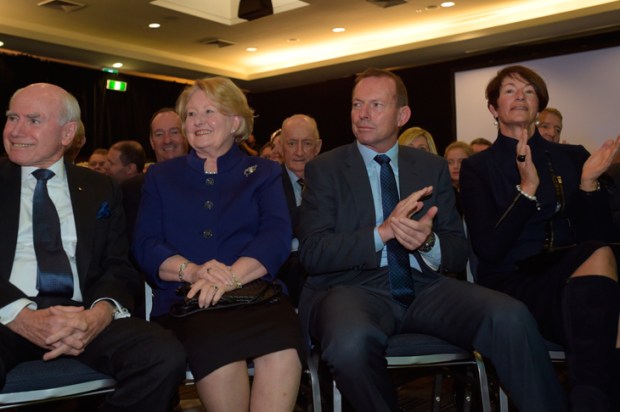
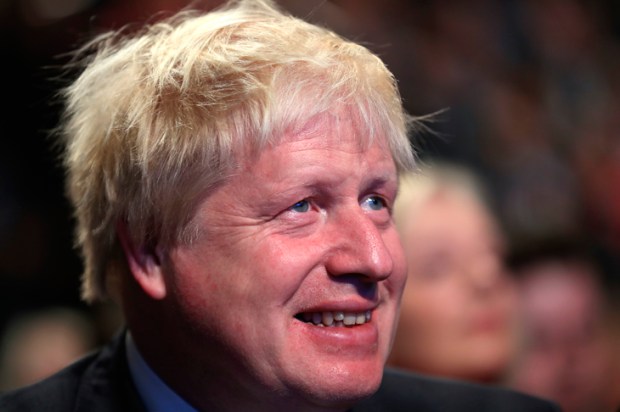

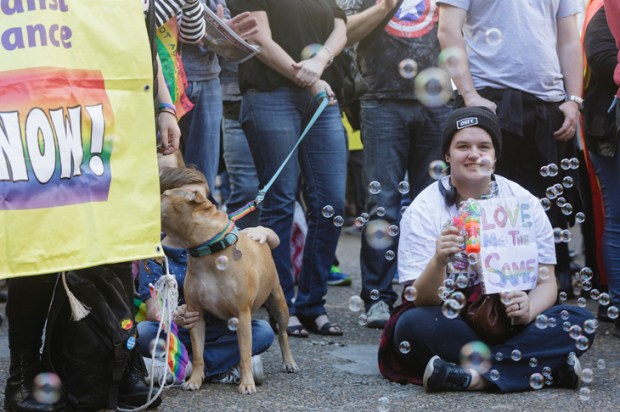
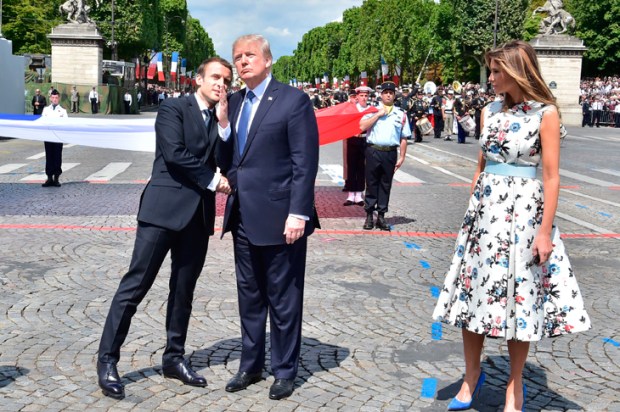
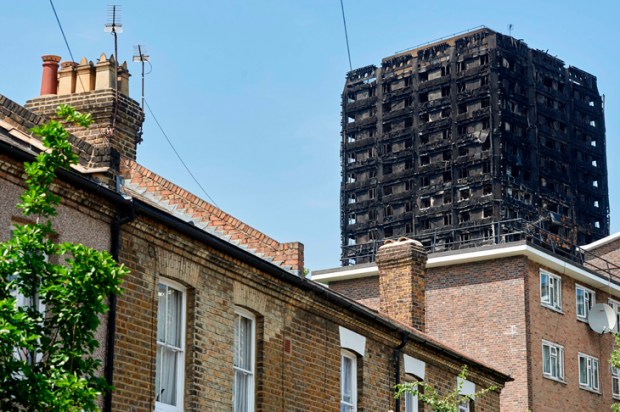






Comments
Don't miss out
Join the conversation with other Spectator Australia readers. Subscribe to leave a comment.
SUBSCRIBEAlready a subscriber? Log in